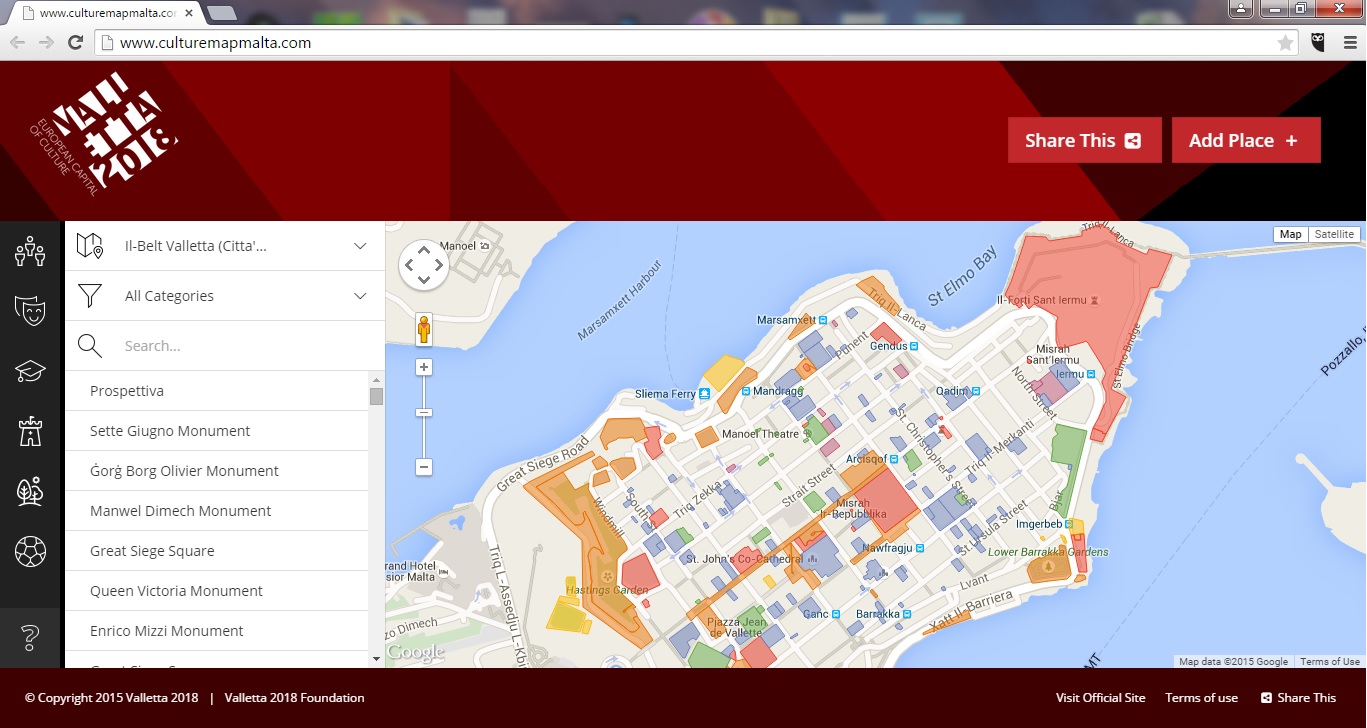Strolling along Tigné’s converted barracks, flanked by luxury apartments on one side and the shimmering windows of designer shopping outlets on the other, one can be forgiven for not thinking of the site as a space teeming with artistic and cultural activity. Nevertheless, brimming beneath the geometric stone paving lies the memory of the days when Tigné was home to Malta’s underground music scene, with mohawked punks squatting in the dilapidated fortress while bands practiced in makeshift rehearsal and performance rooms dotted around the area.
Although Tigné’s musical heart no longer beats to the rhythm of a kick drum, countless other cultural spaces have been adopted by local artists and cultural practitioners over the subsequent decades. From the streets and squares of towns and villages across the country to the public gardens and spaces hosting film screenings, performances and concerts, the use of public space for cultural purposes is vibrant territory to explore. Formal spaces such as theatres, museums and exhibition spaces have also multiplied to reflect Malta’s growing cultural sector and the demand for more and better-equipped performance spaces. Local artists, to a greater degree than ever before, have a broad range of spaces within which to perform or exhibit their work. However, the existence of these sometimes ephemeral spaces has often gone undocumented, with little understanding of which spaces are being used for cultural performances.
For this reason, the Valletta 2018 Foundation has undertaken an extensive cultural mapping exercise involving the recording and analysis of any space used for cultural purposes – from formal cultural spaces such as schools, libraries, museums and theatres, to informal sites such as public spaces, streets and practice spaces.
The results of this exercise can be accessed on www.culturemapmalta.com, an extensive repository of all cultural spaces across the Maltese islands. This map allows users – artists, cultural practitioners, local councils and private operators – to identify potential spaces for their cultural activity and broaden the scope of their work.
Not only can users use the map to identify spaces within their locality, but they can also contribute to the map directly themselves by submitting photos or information about the sites on the map, or by adding new sites that are not currently on the map. By adding spaces, photos and information to the site, users will be directly supporting the sharing of knowledge on the local cultural scene and helping the sector maximise its potential.
To learn how to add information to the website, see this video.
For further information, or to provide feedback, please contact [email protected].

